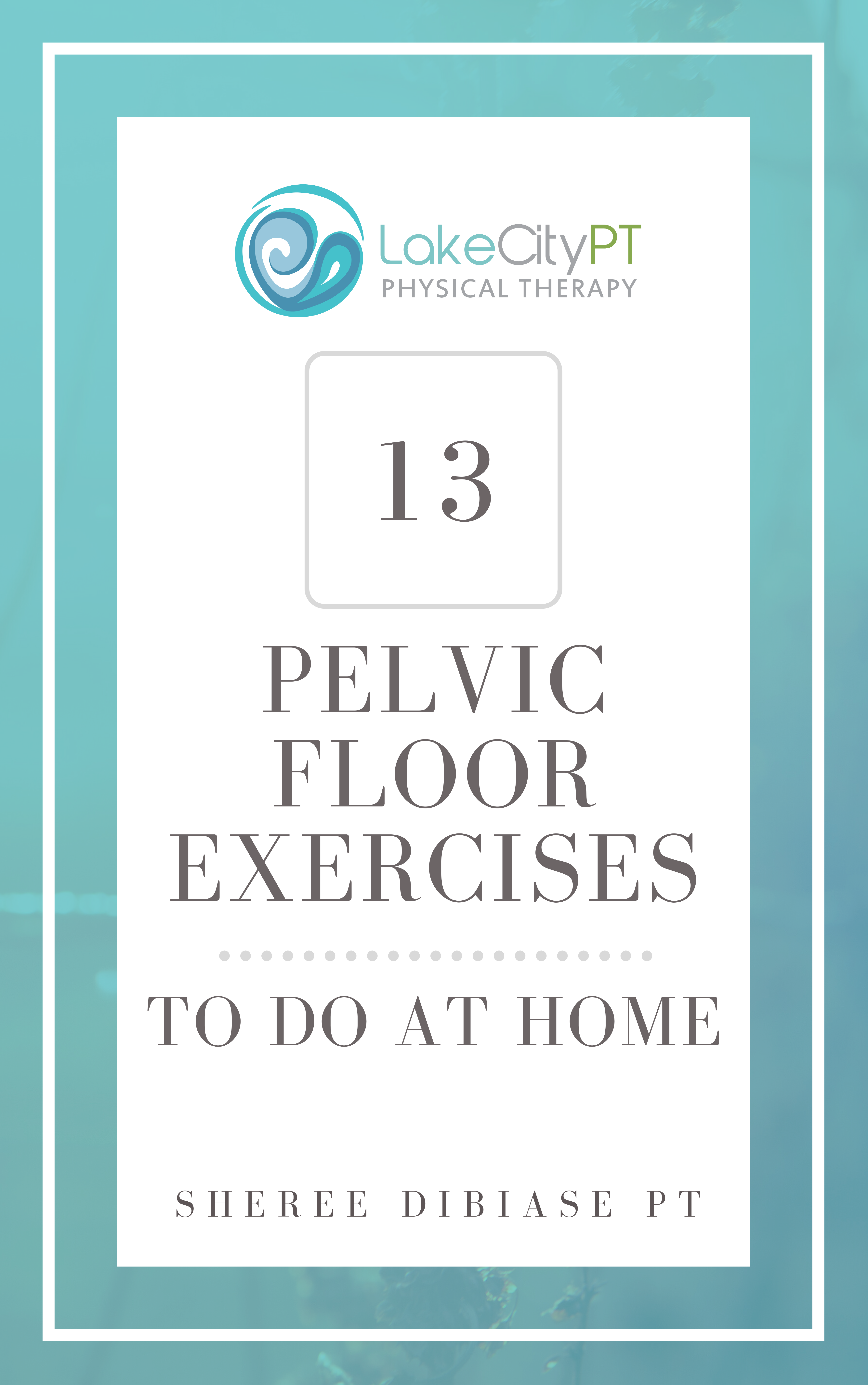Pelvic Pain After Period
Pelvic pain after a period, or dysmenorrhea, can be debilitating. Symptoms include cramping in the lower abdomen, pain radiating to the back and thighs, fever (and/or nausea or vomiting), diarrhea or constipation, headache, fatigue, and other flu-like symptoms.
It is caused by uterine contractions that result in the release of prostaglandins into the bloodstream. It can range from mild to severe. Although it can be treated, there are risks associated with taking pain medications every month. Physical therapy is an effective way to treat pelvic pain without drugs.
We have discussed some of the main causes, treatments, and how physical therapy can treat pelvic pain.
Events Leading To Pelvic Pain During/After Menstruation
Pelvic pain after a period usually starts at the beginning of a woman’s menstrual cycle. This is due to estrogen-induced smooth muscle relaxation and subsequent increased uterine activity. During the menstrual cycle, prostaglandins are released from the endometrial tissue that lines the uterus. Prostaglandins cause stimulation of the uterine muscle during a woman’s period. This causes it to contract and leads to cramping pain in the lower abdomen. The more cramping a woman has, the more active her uterine muscles are during menstruation. These hormones also cause the cervix to expand and contract which can lead to pelvic pain.
Disorders Contributing To Pain
Disorders that may contribute to pelvic pain after a period include endometriosis, fibroids or polyps in the uterus, and pelvic inflammatory disease (PID). It can also be caused by conditions such as irritable bowel syndrome (IBS) or colitis. These conditions cause the immune system to overreact. This inhibits blood flow and can lead to pain.
Another common reason that causes menstrual pain is PFD. Pelvic floor dysfunction (PFD) is also known as pelvic floor muscle dysfunction (PFMD). It can be caused by rapid increases in intra-abdominal pressure that places stress on the muscles within the pelvis. This pressure can come from activities such as heavy lifting, straining to have a bowel movement, or simply sneezing. When this happens, the pelvic floor muscles get stretched and can get irritated.
Childbirth can also cause pelvic floor dysfunction. It is caused by damage during childbirth that may lead to scar tissue formation and overall weakening of the muscles within the pelvis. This can lead to urinary leakage, constipation problems, bowel movement problems, pelvic pain during/after intercourse, or pain with standing. If you have any of these problems after giving birth, you should contact your doctor because it may be PFD.
Evaluation of Pelvic Pain After Periods
Pelvic pain after a menstrual period may be caused by one or more of the conditions discussed above. This is why it is important to consult a doctor or a health care provider who is familiar with PFDs and the conditions that can lead to them. Your doctor will be able to determine if you have any of these conditions by asking about your medical history, doing an examination, and ordering tests such as ultrasounds or CT scans.
If the pain after your periods is caused by PFD, treatment will depend on what symptoms you are experiencing. For example, some of the possible treatments include surgery, biofeedback therapy, medications, changing surgery or medication routines. You can also consider trying different forms of exercise or physical therapy to see if it helps reduce your symptoms. If you are not sure what causes the pain, you should speak with your doctor to get a proper diagnosis.
How Can a Woman Deal With Painful Periods?
Drugs such as ibuprofen and naproxen can help to reduce pain. However, they do not work immediately and need an hour or more to take effect. This makes them unsuitable for those who experience severe pain from period cramps. Drugs containing prostaglandins can also help to reduce menstrual cramps. Although they work quickly, they can cause nausea and vomiting in many women. Other side effects include diarrhea, headache, and fatigue. These drugs should be taken with food and a full glass of water to avoid stomach discomfort. They can even affect how well other medications such as oral contraceptives and blood pressure drugs work.
Treatment Options for Pelvic Pain After Period
Physical therapy for pelvic pain after a period is an option. Pelvic floor physical therapists use therapies that are specially designed to reduce cramping. Physical therapy can relieve the symptoms of menstrual cramps, including fatigue, headache, nausea, vomiting, diarrhea, and constipation. The muscles in the pelvis are retrained so they do not tighten up as much. This enables the uterus to function better and reduces muscle spasms.
Physical therapy can be done through Kegel exercises (pelvic floor tightening). They help to strengthen the pelvic floor muscles which wrap around the vagina, bladder, and rectum. The therapy can also include education about proper nutrition, exercise, stress reduction techniques, and breathing techniques. This helps to improve overall health and can reduce the severity of menstrual cramps when they do occur.
Pelvic floor physical therapy is often short-term. Sessions last approximately 30 minutes. They are usually performed in a private office, but sometimes may be done in a clinic or health care provider’s office. Several sessions may be required. A course of therapy helps most women with menstrual cramps.
As a woman enters menopause, her body stops releasing eggs each month and menstruation ends. Menstrual cramps may continue in the absence of a period. Physical therapy to control pelvic pain also continues after a period has ended.
Conclusion
If you are experiencing pelvic pain after your period, it is important to speak with your doctor or health care provider. There are many causes of pain and getting the proper diagnosis is very important. If you receive treatment early on, you may be able to avoid more serious problems later on in life. Physical therapy is a safe and effective option that can help reduce pain and improve the overall quality of life.


